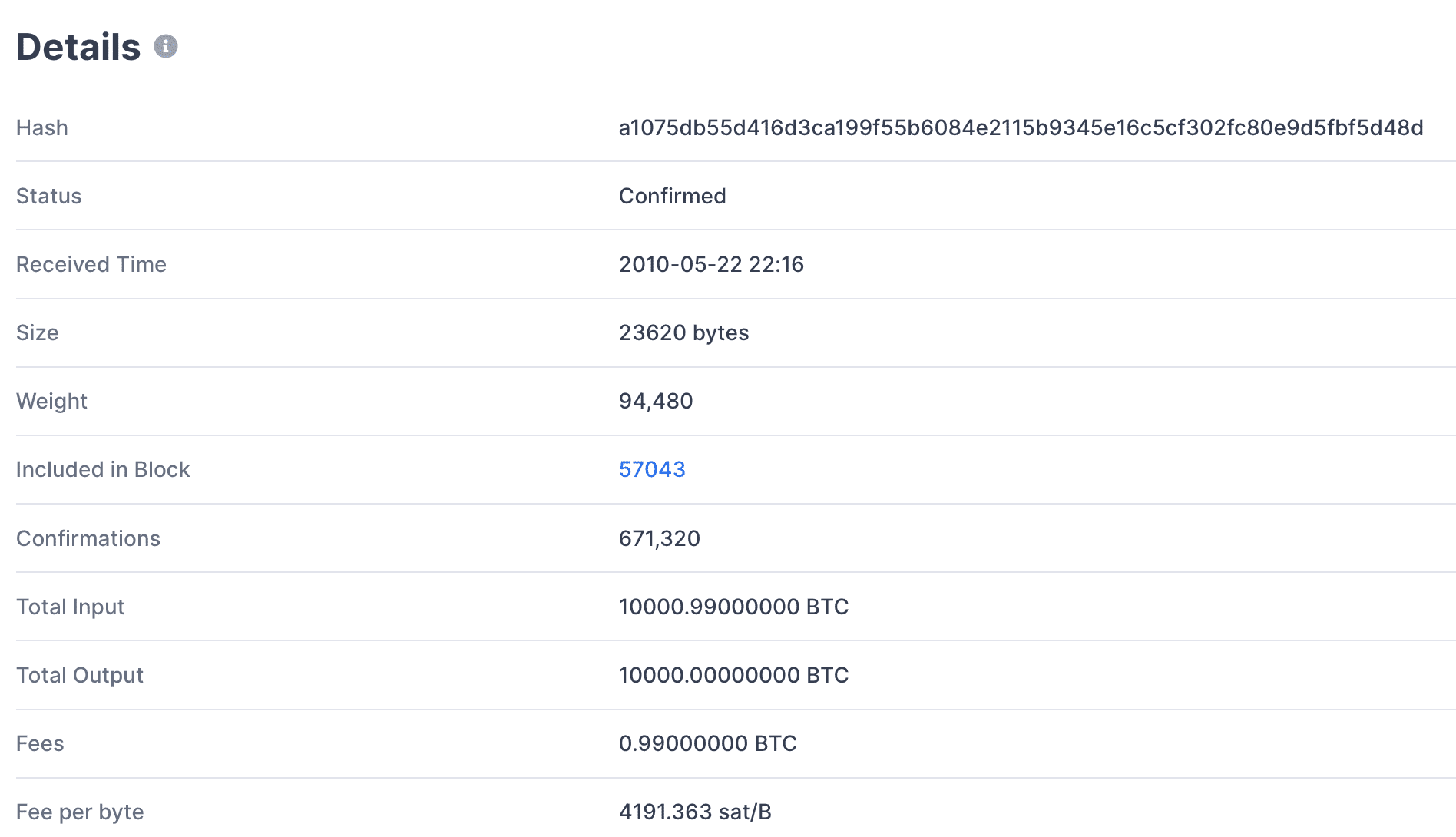All blockchain interactions generate a transaction ID. However, novice users of blockchain technology, as well as cryptocurrencies, which are its first and by far the most popular application, are often unaware of how distributed ledger tagging operations work.
Anyone who has ever tried to buy or exchange any cryptocurrency has certainly come across the term “transaction ID”. So what exactly is this Transaction ID and how does it help financial sector users to make transactions related to cryptocurrencies as well as fiat currencies?
What exactly is a transaction ID?
A transaction ID is nothing more than a unique identifier that represents a particular transaction on the blockchain. Each specific transaction has its own and unique Transaction ID. Transaction IDs in individual variants may look very different depending on the platform used, payment system and so on. In general, however, in most cases, each transaction key will consist of a string of randomly generated letters and numbers.
The peculiarity of transaction identifiers is that they very often come in a variety of shapes and sizes. By default, they can be long, short, case-sensitive or not. However, depending on the specific variant, they can be very different. Transaction IDs use Latin letters in most cases. At this point, you might ask yourself why would you need a transaction ID at all? You will need it in any case if:
You need to track your funds (especially useful for cryptocurrencies)
You need to quickly find information about a specific transaction
You have questions about your transaction and need to contact technical support about it
Need to ask for a refund
Transaction ID using Bitcoin as an example
All cryptographic transactions that have been verified and then added to the blockchain have their own unique transaction ID. The Bitcoin Transaction ID, or as it is sometimes called, the Transaction Hash, is nothing more than a unique string of letters and numbers that is used by BTC users to search and find every single Bitcoin transaction.
Below is a commonly used example of a Bitcoin Transaction ID. This is the transaction ID of Laszlo Hanyecz, who bought a pizza for 10,000 BTC in May 2010.

The example above illustrates a block explorer that contains a range of useful information that can be effectively used to track and verify transactions. In particular, it concerns data such as the amount of the transaction, its status, the cryptographic address from which the sender made the transaction, etc. It is also important that in this case absolutely no private information is included. Consequently, you do not disclose your identity in the event that you choose to share your Transaction
ID with other users of the Bitcoin network.
PayPal Transaction ID
At the stage of March 2021, the global giant of payment transactions, which is undoubtedly PayPal, entered the world of cryptocurrencies. This company has launched a service that supports cryptographic transactions. Since then, the company has made significant development efforts to further integrate the cryptocurrency sector and blockchain technology into its platform. Recently, there are more and more leaks that PayPal even plans to launch its own stablecoin.
From the point of view of the purposes of this publication, however, it is important that all PayPal transactions, both cryptocurrency and fiat, have their own unique transaction identifiers. You can find your PayPal Transaction ID in the Activity tab after you log into your PayPal account.
Technically, each PayPal transaction ID is nothing more than a combination of 17 random letters and numbers.
What is a Transaction ID in Google Pay
As was the case with PayPal, Google Pay introduced a service in 2021 that offered cryptocurrency payments. Whenever you want to find your Google Pay Transaction ID, go to pay.google.com and then find the “Activity” tab. Once you complete these steps, all you have to do is select the order you are currently interested in – your transaction ID will be visible at the bottom of the transaction details.
The purchase ID is not the transaction ID.
Simply put, a purchase ID is a unique identifier for a specific payment that you have made. Although many people often mistakenly believe that purchase ID and transaction ID are the same, in most payment systems they are two completely different concepts. First of all, the Transaction ID does not necessarily follow the purchase in every case. For example, if a user has chosen to pay for an order with loyalty points, the payment system will generally not assign any transaction ID to that purchase. This is due to the fact that the transfer of funds did not take place.
How can I get the Transaction ID from the payment I made?
By default, any digital currency exchange or other type of trading platform will display a transaction ID at the end of your transaction.
If it happens that your Transaction ID is missing, you can always look for it in your crypto wallet or in your e-mail inbox. The wallet usually records all cryptocurrency payments you make, while the e-mail inbox contains an e-mail that confirms each transaction and includes its ID. Some companies also offer a service that records the full history of your transactions if you create an account on their platform. These types of solutions are an extremely efficient way to quickly track all the transaction IDs you may need in the future.
If all other methods fail, an almost foolproof way to find your Transaction ID is to use a block explorer. It is worth adding that there are cryptocurrencies that are used in thousands of transactions per second, which makes the use of a block explorer impractical in this case. Even then, however, you can narrow your search by entering your public address as well as any other identifying information you remember.



